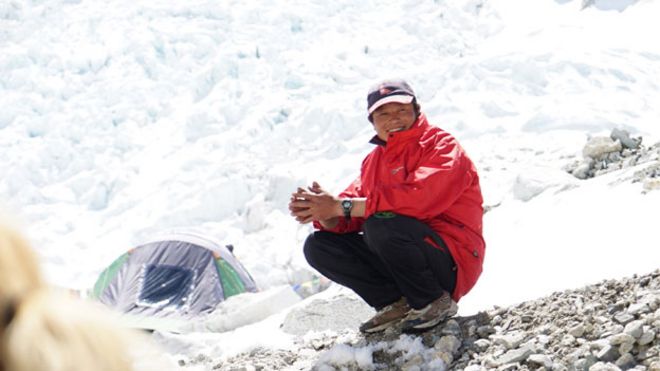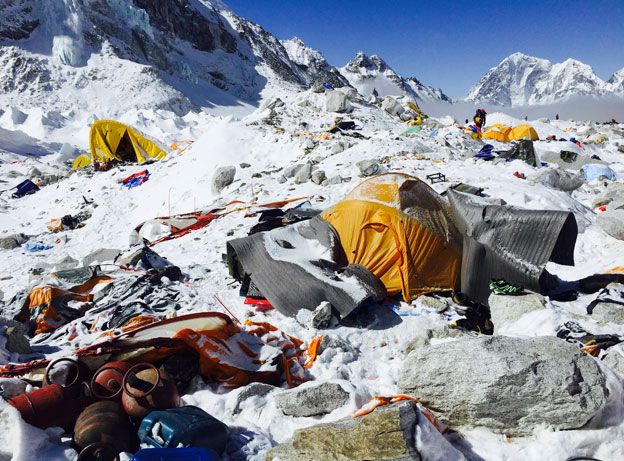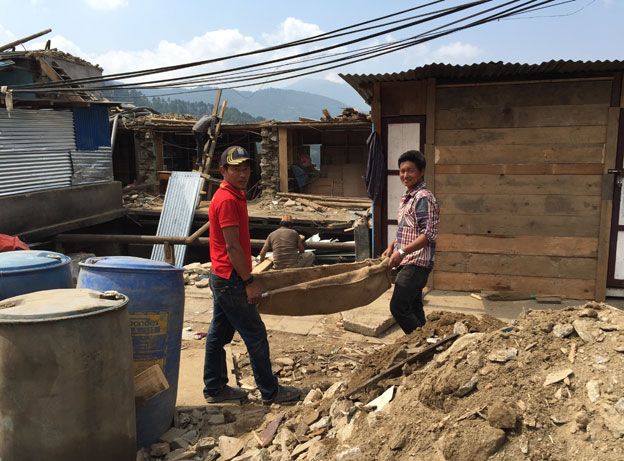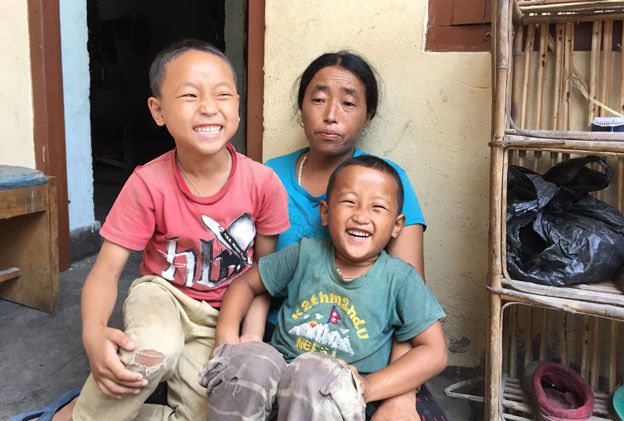Meeting the widows of the Everest avalanche

Kumar, one of the Sherpas who died at Base Camp
The BBC's Tom Martienssen was 20,000 feet up Mount Everest when an earthquake killed 18 climbers. He returned later to witness the devastation in Nepal and to meet the families of Sherpas who died on the mountain.
It's 11:50 on 25 April when the Earth starts to move beneath my feet.
There are 500m-deep crevasses immediately behind me, three of the world's tallest mountains in front - and a crackling rumble accelerating through the mist, getting rapidly closer.
I am at Camp One on Everest in the middle of an earthquake and avalanches are starting to crash down the mountain.
I cannot help thinking: "People care about me, and because I'm on this mountain I will die. I'll be ruining the lives of those I care about so much."
In the next 10 seconds I believe I shall be no more.




